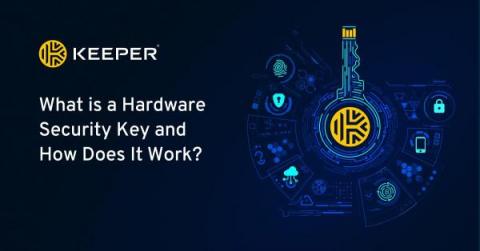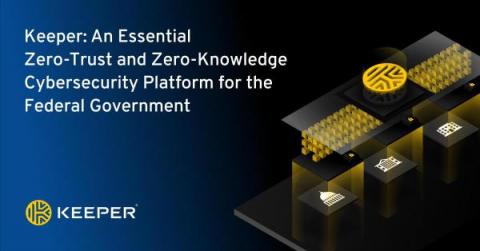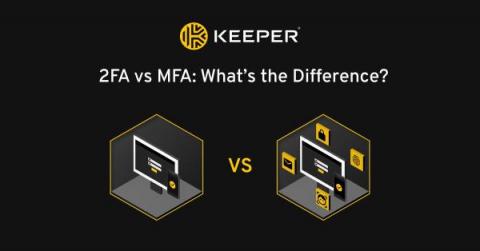The Pros and Cons of a VPN
The primary benefit of a Virtual Private Network (VPN) is that it keeps your information and identity private when using the internet to access sites or servers, download files and more. This is especially important when handling sensitive information on public networks, like checking your bank account at the airport or accessing work files remotely. There are a number of use cases, from personal device security to maintaining safe business networks, which we will cover in this article.











